These 10 Disturbing Facts Prove Driving's a Privilege -- Not a Right.

Accidents Don't Just Happen
Crashes are staggeringly high in the United States and most can be attributed to speeding and/or driving while intoxicated, distracted, or fatigued. Such behaviors are completely avoidable.
Driving is such an ingrained part of daily life, we don't stop to consider what's at stake. The next 10 slides will illustrate -- in explicit terms -- why that's something no one can afford to accept.

Road Death More than Doubles Murder in the U.S.
U.S. culture has a reputation for violence. But the truth is, vehicles kill more people in the U.S. than people do (not including suicide).
Although fatalities have been steadily dropping, 33,561 people still died in car accidents during 2012 -- which is more than double the year's 12,765 homicides. That's no fluke. The nation's vehicular death rate has seriously outpaced homicide since the 1920s.
It's a public health issue that rivals suicide and breast cancer. Cars kill as many people in the U.S. as prostate cancer, AIDS and ALS combined.
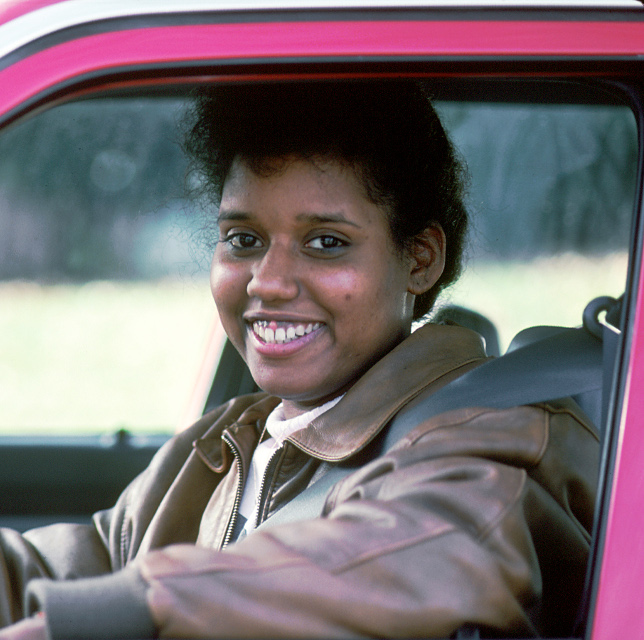
Road Death is the #1 Killer of Younger Adults – In the World
As the world continues to industrialize, traffic accidents have become a staggering global health concern, killing 1.24 million people each year. People age 15 to 29 are now more likely to die from a traffic accident than any other cause.

Traffic Accidents Cost the U.S. almost $900 Billion a Year
According to a recent report by the National Highway Traffic Safety Administration (NHTSA), 5.5 million accidents happened in the U.S. in 2010 and that cost citizens roughly $871 billion.
Loss of life and diminished quality of life account for the bulk of the expense. But taxpayers still shell out about $200 billion or $900 per person per year in lost productivity, emergency services, healthcare costs, legal expenses, insurance premiums and more.
The American Society of Civil Engineers says the U.S. needs to spend an additional $90 billion annually to revive outdated roads and bridges. Too bad we're already spending that money on accidents.
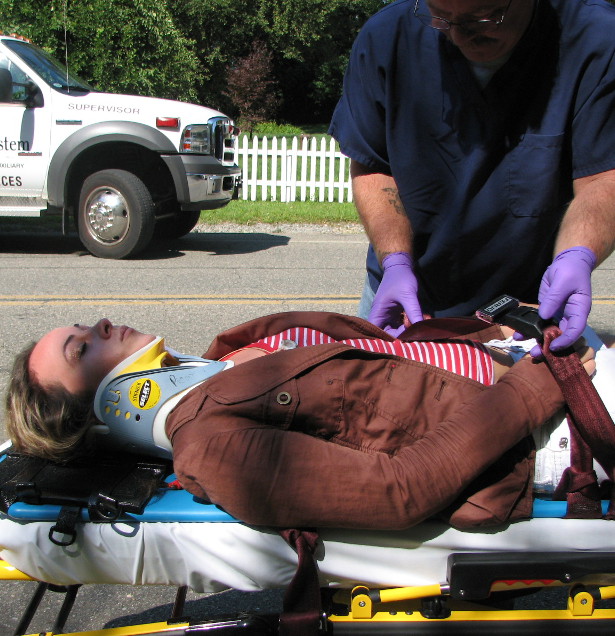
Roughly 4 Million Injured by Cars in the U.S., Annually
The NHTSA report also found 3.9 million people suffered injuries that year. That’s more than the population of Manhattan, Philadelphia, and Washington D.C. – combined.
At least a million reported injuries ranged from serious to critical -- the type that require extensive medical care.
Accident survivors suffer brain trauma, skeletal and organ damage, and permanent disfigurement that change their lives forever. They often need significant rehabilitation and can loose their ability to work or live independently.

A Significant Number of Survivors Suffer Mental Illness
Roughly 9% of accidents survivors in the U.S. experience lasting psychological impacts including post traumatic stress disorder, major depression, and anxiety. That makes traffic accidents a leading "trigger" of mental disorder in the nation.
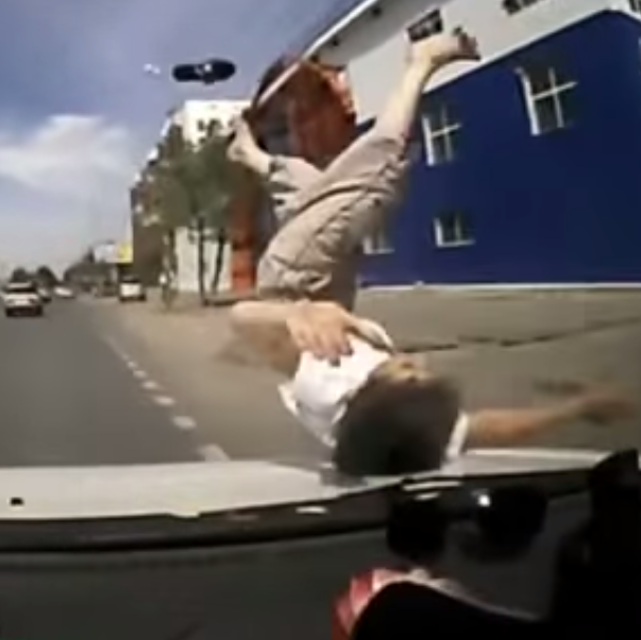
A Pedestrian Struck at 40 MPH will Probably Die
The standard personal vehicle weighs about two tons. If that weight collides with a human body, the vehicle's speed significantly impacts that person's chance of survival. A person struck at 20 mph has a 95 percent chance of surviving, but at 40 mph the likelihood falls to about 15 percent.
A driver is also much more likely to hit a person if they are traveling above 25mph. That's partly because the faster you travel the longer your stop time. Your field of vision also narrows at higher speeds, which makes it more difficult to spot crossing pedestrians.
Unfortunately, it's not uncommon for motorists to go 40 mph on a residential road.

Nearly A Third of all Roadway Fatalities are Vulnerable Users
Pedestrians, cyclists, motorcyclists and other vulnerable road users had 10,649 fatalities in 2012 -- nearly a third of road deaths that year. That's significant when you consider the vast majority of road miles traveled are by passenger vehicle.
Motorcyclists had the most fatalities and pedestrians were a close second. In large cities, like New York, the majority of pedestrians injuries and fatalities are children and seniors.

Motor Vehicle Accidents are the Leading Cause of Occupational Death
Although it's declined significantly in the past decade, vehicle accidents account for 36% of all work related deaths in the U.S.
On average, 1,275 people died in work-related traffic accidents each year between 2003 and 2010 -- that's more than three workers lost each day.
Most of these accidents involved workers who drove a truck, bus, taxi or other vehicle for a living. People driving an employer-owned vehicle (such as a event/food delivery person), highway construction workers, and industrial facility operators also have a substantial number of related fatalities.
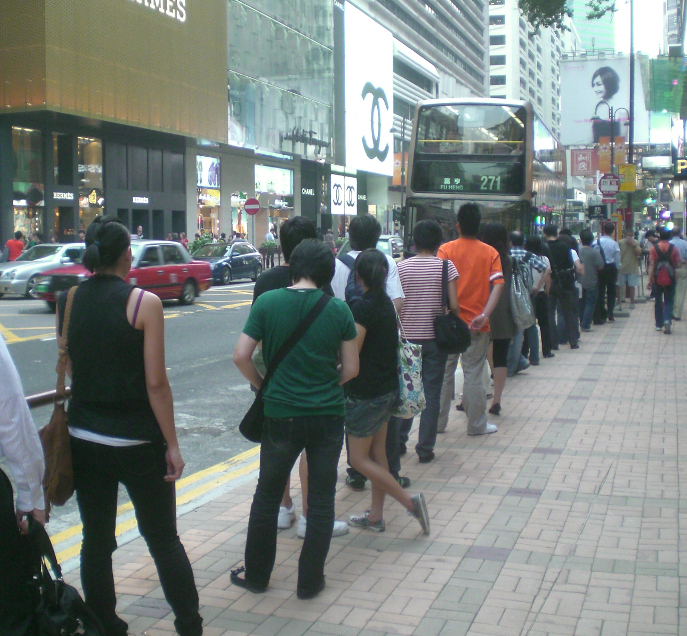
Access to Personal Vehicles is Declining
Our built environment tends to prioritize cars (think overpasses, multi-lane city thoroughfares, above ground parking garages), but that doesn't mean everyone is driving.
Vehicle ownership has steadily declined in the United States and nearly 10 percent of all U.S. households do not own a vehicle.
Owning a car is expensive. The cost to own and maintain an average size sedan is now more than $9,000 per year. That's about a third the median personal income reported by the U.S Census Bureau.
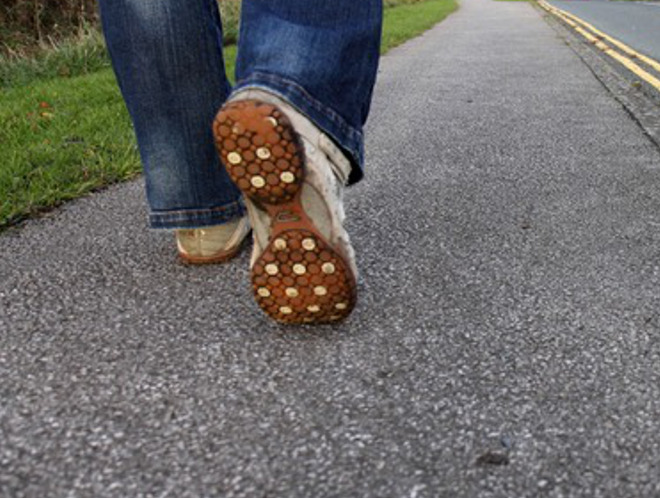
Unequal Vehicle Access Contributes to Chronic Disparity
Driving to Opportunity, a study by the Urban Institute, found people living in poverty are twice as likely to get hired and four times as likely to keep a job if they have a car. The number one reason a participant lost their job? Unreliable transportation.
The good news is cycling is on the rise among low-income and minority commuters and that can help alleviate poverty. To encourage this trend, streets must be safe and friendly for everyone -- a future that starts with conscientious driving.

